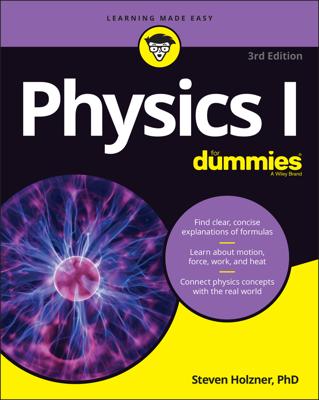String theory has gone through many transformations since its origins in 1968 when it was hoped to be a model of certain types of particle collisions. It initially failed at that goal, but in the 40 years since, string theory has developed into the primary candidate for a theory of quantum gravity. It has driven major developments in mathematics, and theorists have used insights from string theory to tackle other, unexpected problems in physics. In fact, the very presence of gravity within string theory is an unexpected outcome!
Predicting gravity out of strings
The first and foremost success of string theory is the unexpected discovery of objects within the theory that match the properties of the graviton. These objects are a specific type of closed strings that are also massless particles that have spin of 2, exactly like gravitons. To put it another way, gravitons are a spin-2 massless particle that, under string theory, can be formed by a certain type of vibrating closed string. String theory wasn’t created to have gravitons — they’re a natural and required consequence of the theory.
One of the greatest problems in modern theoretical physics is that gravity seems to be disconnected from all the other forces of physics that are explained by the Standard Model of particle physics. String theory solves this problem because it not only includes gravity, but it makes gravity a necessary byproduct of the theory.
Explaining what happens to a black hole (sort of)
A major motivating factor for the search for a theory of quantum gravity is to explain the behavior of black holes, and string theory appears to be one of the best methods of achieving that goal. String theorists have created mathematical models of black holes that appear similar to predictions made by Stephen Hawking more than 30 years ago and may be at the heart of resolving a long-standing puzzle within theoretical physics: What happens to matter that falls into a black hole?
Scientists’ understanding of black holes has always run into problems, because to study the quantum behavior of a black hole you need to somehow describe all the quantum states (possible configurations, as defined by quantum physics) of the black hole. Unfortunately, black holes are objects in general relativity, so it’s not clear how to define these quantum states.
String theorists have created models that appear to be identical to black holes in certain simplified conditions, and they use that information to calculate the quantum states of the black holes. Their results have been shown to match Hawking’s predictions, which he made without any precise way to count the quantum states of the black hole.
This is the closest that string theory has come to an experimental prediction. Unfortunately, there’s nothing experimental about it because scientists can’t directly observe black holes (yet). It’s a theoretical prediction that unexpectedly matches another (well-accepted) theoretical prediction about black holes. And, beyond that, the prediction only holds for certain types of black holes and has not yet been successfully extended to all black holes.
Explaining quantum field theory using string theory
One of the major successes of string theory is something called the Maldacena conjecture, or the AdS/CFT correspondence. Developed in 1997 and soon expanded on, this correspondence appears to give insights into gauge theories, such as those at the heart of quantum field theory.
The original AdS/CFT correspondence, written by Juan Maldacena, proposes that a certain 3-dimensional (three space dimensions, like our universe) gauge theory, with the most supersymmetry allowed, describes the same physics as a string theory in a 4-dimensional (four space dimensions) world. This means that questions about string theory can be asked in the language of gauge theory, which is a quantum theory that physicists know how to work with!
Like John Travolta, string theory keeps making a comeback
String theory has suffered more setbacks than probably any other scientific theory in the history of the world, but those hiccups don’t seem to last that long. Every time it seems that some flaw comes along in the theory, the mathematical resiliency of string theory seems to not only save it, but to bring it back stronger than ever.
When extra dimensions came into the theory in the 1970s, the theory was abandoned by many, but it had a comeback in the first superstring revolution. It then turned out there were five distinct versions of string theory, but a second superstring revolution was sparked by unifying them. When string theorists realized a vast number of solutions of string theories (each solution to string theory is called a vacuum, while many solutions are called vacua) were possible, they turned this into a virtue instead of a drawback. Unfortunately, even today, some scientists believe that string theory is failing at its goals.

